A reality of cold climate gardening is if you want to raise your own garden starts, building some sort of grow room is an important concept for many growers.
Automation is at the heart of any grow room. The end goal is to control the environment.
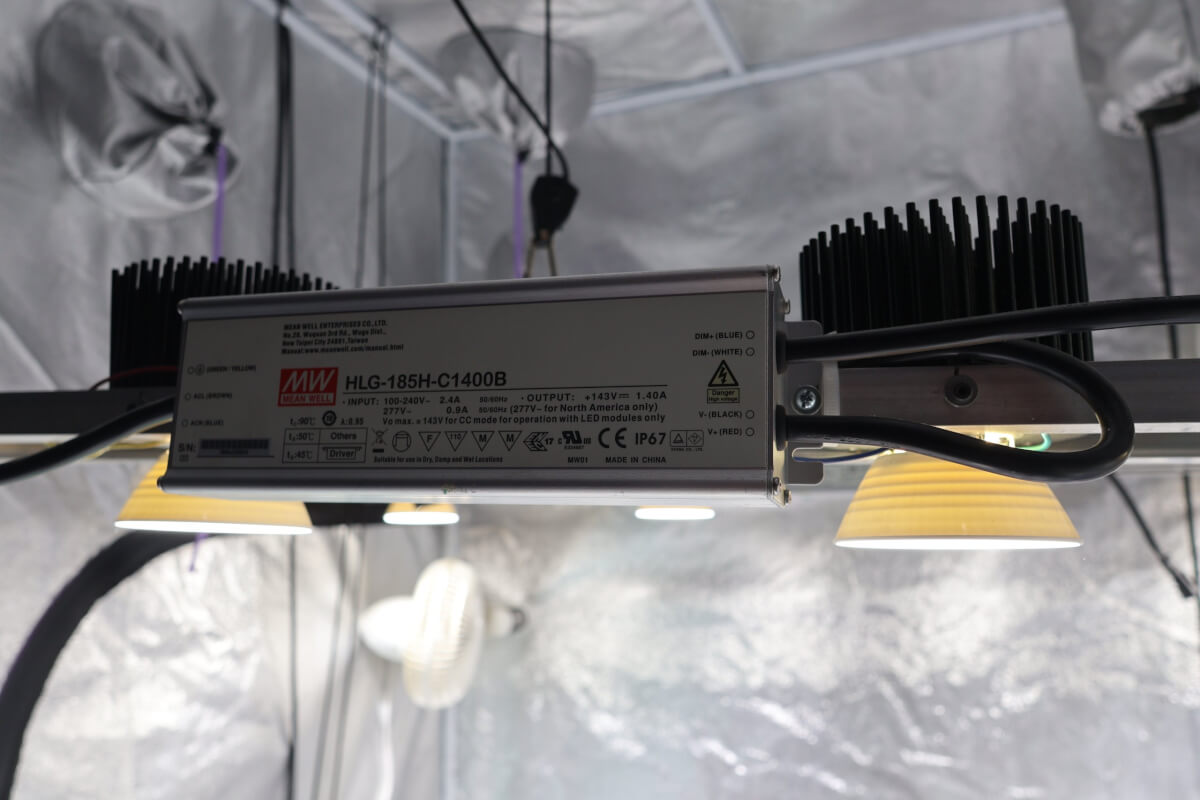
In years past, we’ve always used “old school” (or “dumb”) technology to make our grow rooms work. We used things like timers and temperature controllers to control our environment.
We were interested in pursuing what might be called a “next gen” indoor grow room using smart home technology.
This article discussed what we did, why we did it and how it works for us.
What’s The Difference Between “Smart” vs. “Dumb” Grow Rooms?
This is a good question to start with.
When you’re designing pretty much any indoor grow space, you’re looking to do a few particular things:
- Turn on and off your lights at particular times
- Move air around, typically with fans
- Exhaust hot air, especially when you’re growing in a tent or other enclosed space
- In advanced applications, you might want to control humidity or maybe carbon dioxide
- Some growers may even want to automate the actual mechanics of growing such as watering, fertilization, pH management and other things.
- The sky is really the limit!
All of this has been possible for quite some time. Decades, even.

This is an example of an “old school” timer used to turn lights on and off. You manually program the device to turn on and off at certain times.
In some cases, like with watering or pH control, it required expensive purpose built hardware that performed that particular task. Each device was controlled (or programmed) differently and once it was set up, the devices did the thing you told it to do.
If you’re building a “smart” grow room, you’re effectively trying to do the exact same things. Turn on and off your grow lights. Turn on fans when temperatures exceed a certain value. Possibly other things, too.

The typical difference is how exactly the decision making process and actions take place.
With a “dumb” grow room, typically you have a purpose built device that is programmed to make a particular decision. For example, turning your lights on at a certain time.
With smart grow rooms, you usually have a server tell a smart switch that you want your lights to turn on or off at a particular time.
You might also use a temperature sensor to determine when a smart switch should turn on your exhaust fan.
You could argue that home automation platforms are practically purpose built for also automating grow rooms!
When Is A Smart Grow Room The Right Approach?
There is absolutely nothing wrong with the old school technology. It works, very well, and lasts for many years. We’ve relied on it for decades.
In most cases, the old school technology is also going to be cheaper than making a grow room with smart technology.
Here are some reasons in which you might want to pursue a smart grow room, though:
- You want a single way to interface and program all your grow room devices
- You want to track things like cost, energy usage and other data
- You’re OCD and get annoyed when your timer turns on at 4:57 instead of 5:00 because the time is slightly off
- You want to remotely control your grow room, or easily operate it in different ways throughout the year
- You like pretty graphs and other information to help you make decisions
- You’re all ready pursuing home automation concepts and automating a grow room seems like a fun challenge
- You are somewhat “techy” and prefer to use “modern” approaches to solve challenges
These are just some of the reasons you might want to pursue a smart grow room!
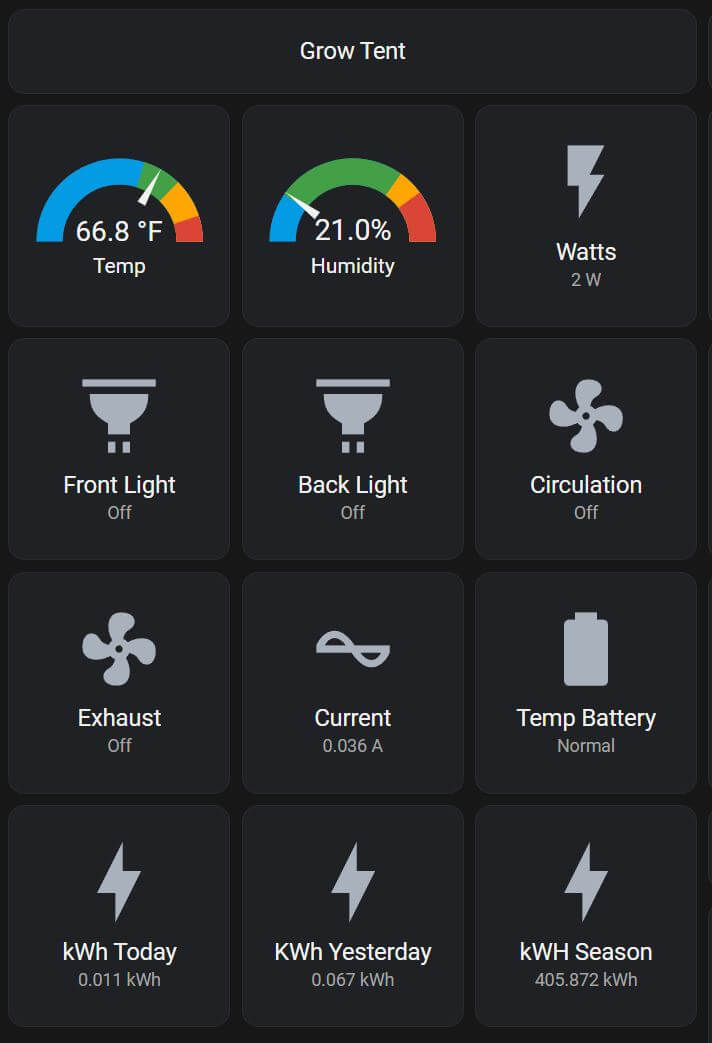
This is an example of one of our “control panels” for our smart grow rooms. The buttons turn things on and off and important information is displayed.
If you don’t lean towards the “technical side” in your personal interests, we’d encourage you to stick with the more traditional technologies. (e.g. timers, temperature based switches, etc.)
Smart home technology isn’t a “simple” subject and has a somewhat steep learning curve. The old school technology is definitely easier to learn.
Choose Your Automation Platform
There are a number of home automation platforms that you might be able to use for building a smart grow room.
Some examples of smart home automation platforms include Samsung Smart Things, Hubitat, Home Assistant and various “smart device” cell phone apps.
Most of them that are out there can achieve the basic kinds of automation we’re looking for with a grow room.
There are also options using devices like Amazon Alexa and Google Home. In our opinion, though, these platforms are a bit limited for the full scope of what we’re trying to accomplish.
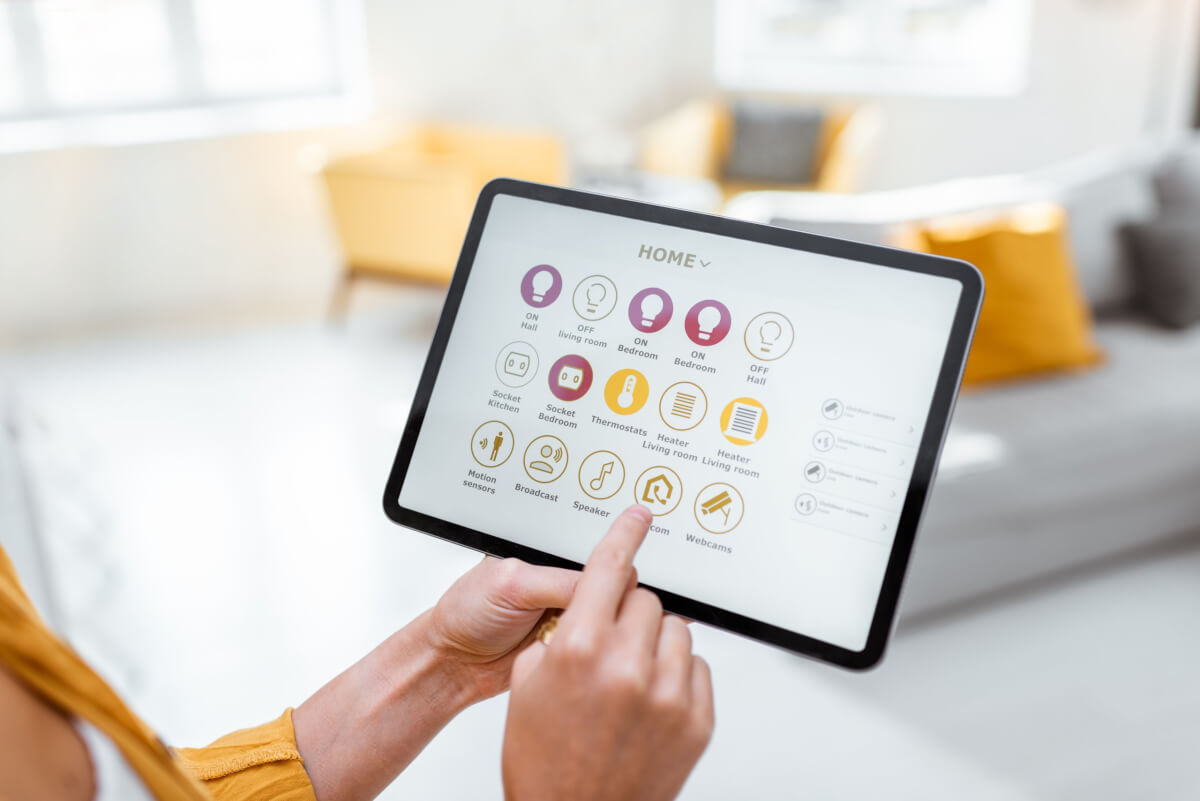
We personally use the platform called Home Assistant. This is an open source platform and probably one of the most advanced platforms available out there. It also comes with a bit of a learning curve, too.
This isn’t going to be a technical guide on how to set up and configure these different platforms.
The point we’re trying to make is you’ll get the best results if you have some sort of home automation platform.
Choose Your Home Automation Network Type
Home automation platforms can generally support multiple different network types. These network types allow wireless communication with both sensors and devices that can control the operations of whatever it is you’re trying to automate.
At the time of this writing, there are four major popular wireless network types in use in home automation:
- WiFi
- Zigbee
- Z-Wave
- Matter
There are plusses and minuses to using the different network types. It’s not always just a straight forward “use this” kind of approach.
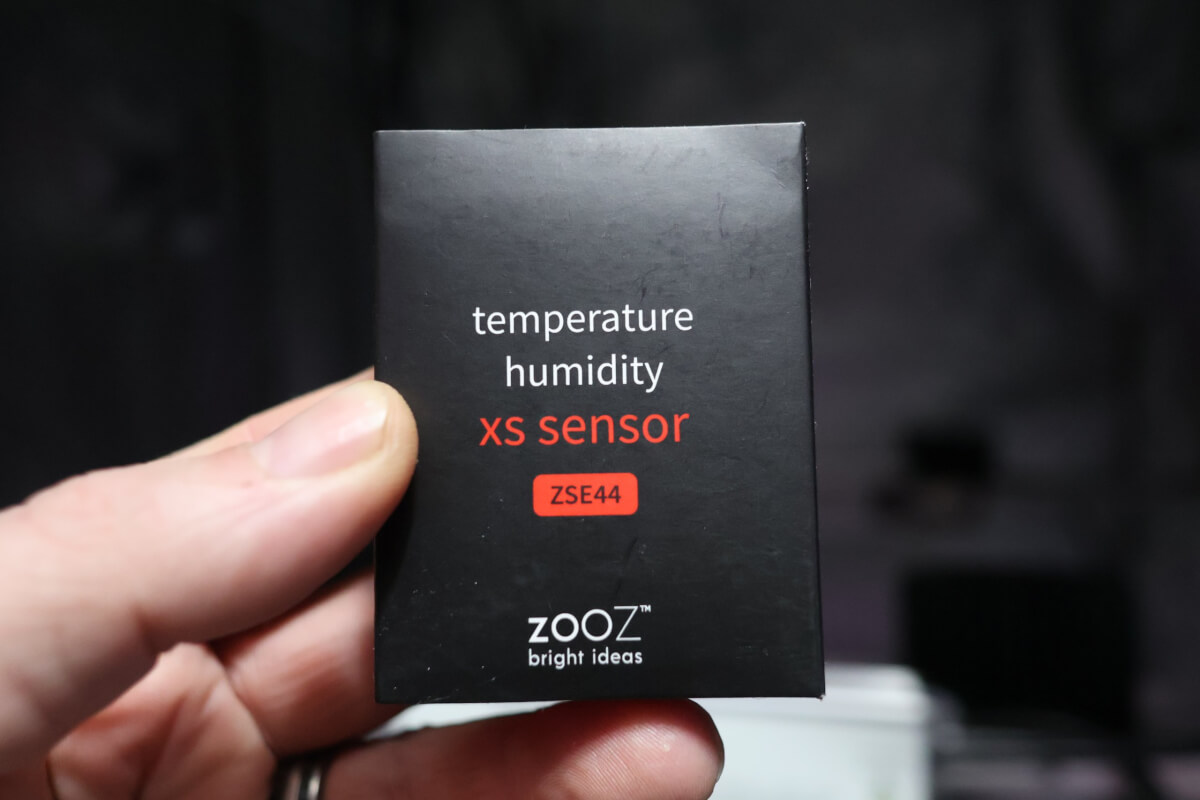
This is an example of a Z-Wave based temperature sensor.
Honestly, you can achieve the goal of grow room automation using any of these technologies.
When we designed our home automation platform, we opted to build it so it could support all these types of networks. This means we can use pretty much any kind of sensor and any kind of device we want.
In our particular case, we opted to use Z-Wave for our grow rooms. This network type is well known for being very reliable, which is good for something like a grow room.
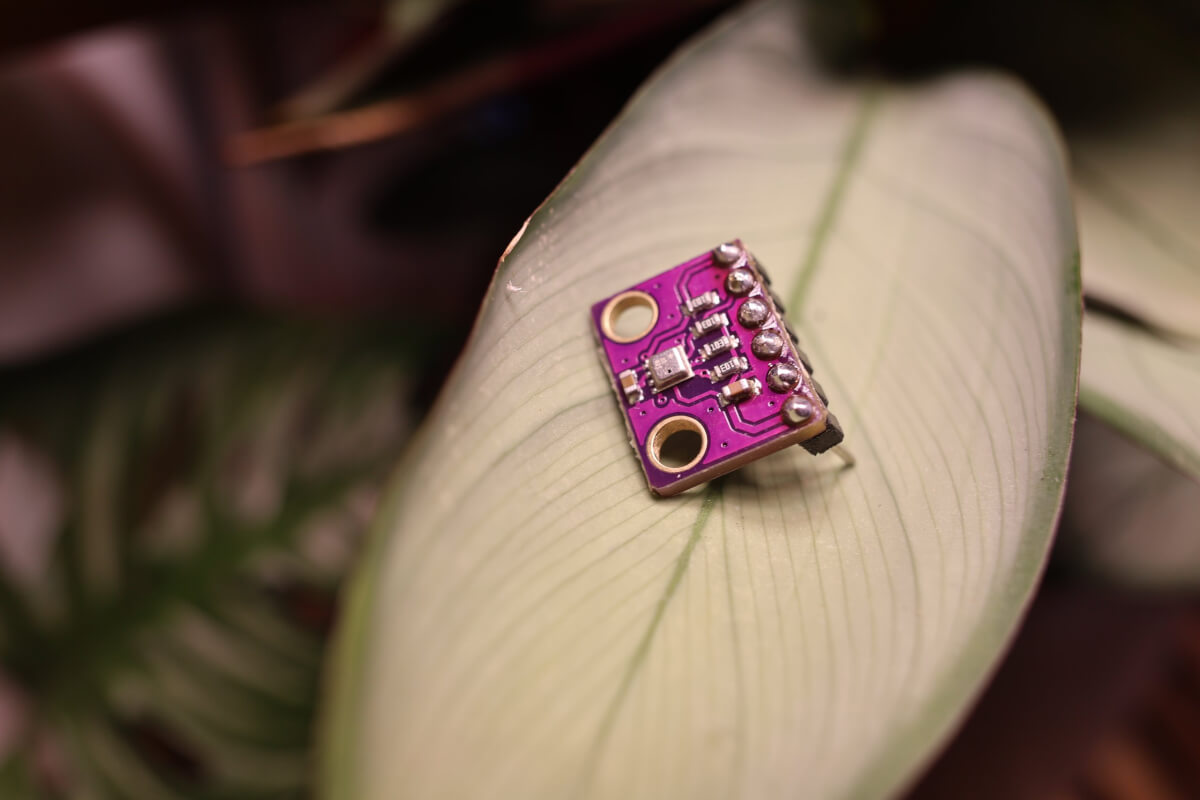
If you are really into electronics, you can build your own sensors using small electronics like this. This is a BME280 temperature sensor.
We also made sure that our sensor equipment was externally powered. We didn’t want a dead battery to break the automations.
We don’t want our plants to have problems because the technology broke on us!
Local Vs. Cloud Control In Home Automation
This is a hot topic in the world of home automation!
Essentially, the debate is whether it’s good to operate everything home automation wise locally (as in, within your home or location) versus creating dependencies on the cloud or internet.
We use both types of technologies in our home automation efforts. As with the above discussion about networks, there isn’t always just one good choice.

For something as important as our grow room, we want it to be 100% local. We can’t have an internet outage disrupt our growing cycles! Local control generally has the following benefits:
- Faster (better speed)
- More reliable
- Longevity (as long as the device works, so should your automation)
- Better privacy & security
- No dependencies on the internet
There is no reason various cloud solutions (e.g. WiFi based) would not work. It’s really just that an unexpected internet outage could disrupt things.
Security note: Given the complexity of home automation and dependencies on a particular platform, there are more “vulnerabilities” in a smart grow room versus relying on old school technologies.
Things like recovering from a power failure may not be as simple if you go the home automation route. With the old school technology, typically things will just pick up right where they left off in a power failure scenario.
This is a risk assessment you should make before jumping whole hog into the “smart” approach of automating your grow room.
Define What You Need To Monitor & Control
As we mentioned above, there are some basic tasks we want to automate in practically every grow room.
In our initial dive into smart grow room technology, we wanted to keep things fairly simple.
These are the things we wanted to automate:
- Turn our grow lights on and off at particular times
- In our grow tent, we have two lights. We wanted to control these independently. This allows us to save electricity when the additional light isn’t needed.
- Turn on and off our general air circulation fans
- Turn on and off an exhaust fan in our grow tent to evacuate hot air. This decision is ideally made based on a particular temperature.
- We also wanted to be able to monitor temperature, humidity and power utilization
So, to boil this down, we needed a few different smart devices.
To gain the ability to turn on and off our lighting/fan sources based on certain conditions (e.g. time), we would need a several smart switches that would integrate with our smart home platform.
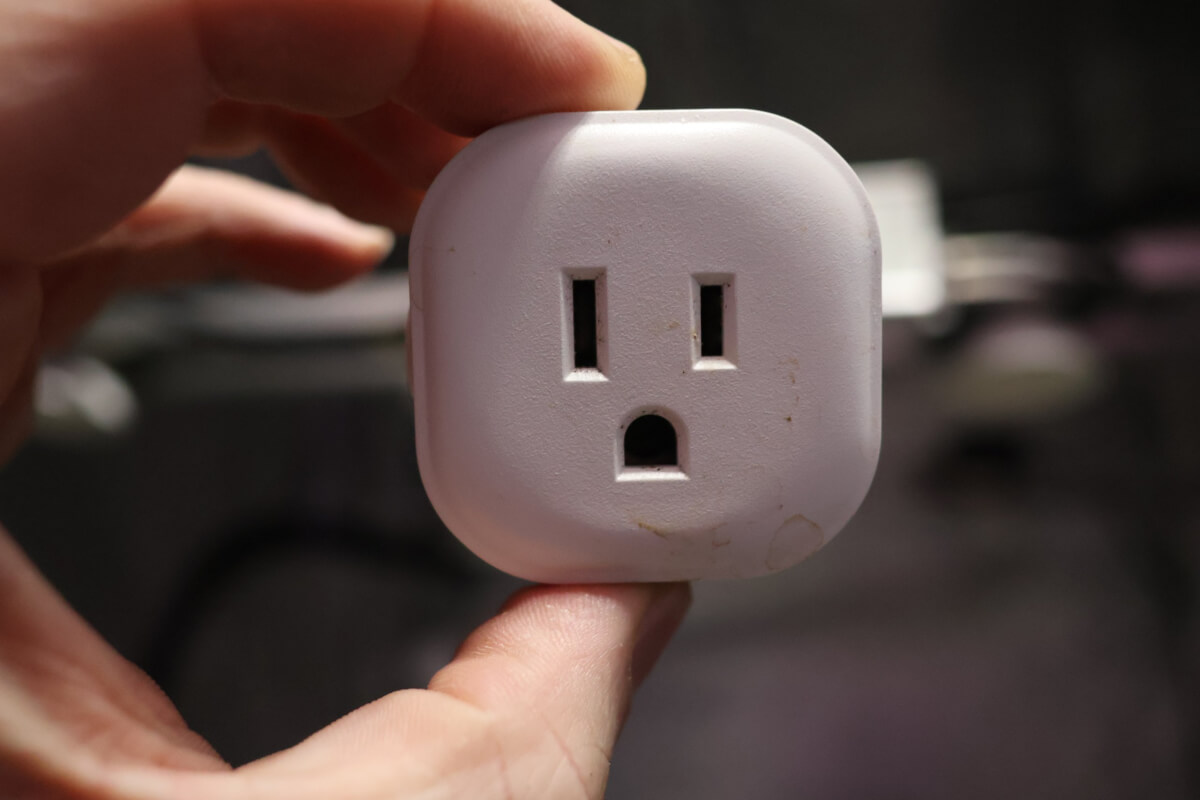
This is a Z-Wave based smart plug that we can control via our home automation system.
To allow us to make decisions based on temperature, we’d need the ability to measure that temperature via sensors and report it to our smart home platform.

This is a small temperature sensor that can be used to report temperature and humidity data back to a smart home automation system.
In order to capture power usage, we’d need some sort of device that would allow us to monitor power going into the grow room. For cost reasons, we simplified this capture to the “entire” grow room as opposed to each device.
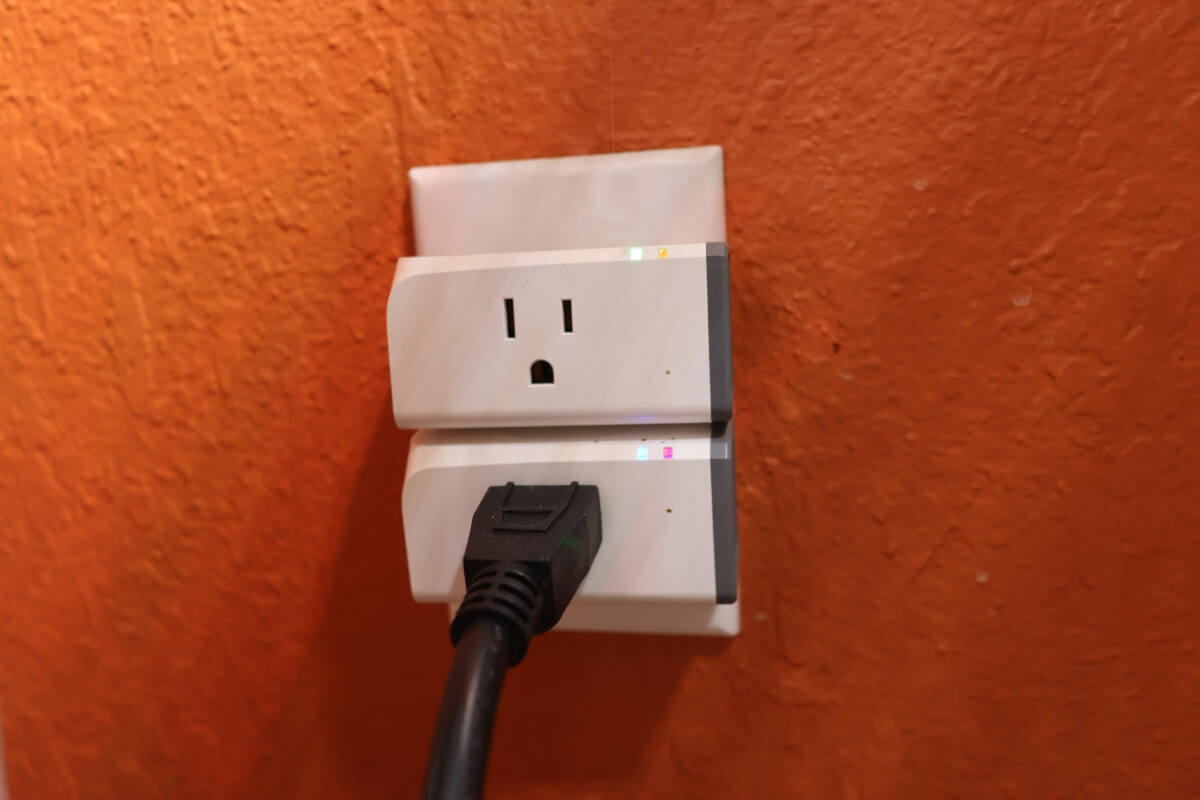
This is an example of a smart outlet that can report power usage back to our home automation platform.
In our case, we only needed a few, simple sensors to accomplish our goal of creating a smart indoor grow room.
We had to integrate these various sensors into our home automation platform. From there, we can use them to make decisions.
Let’s Get To Automating That Grow Room!
Our general automations that we use to control our grow room are pretty simple.
For our lighting and circulation fans, we have time based automations. These turn on and off our fans and lights based on particular time schedules. For example, on at 5PM. Off at 7AM.
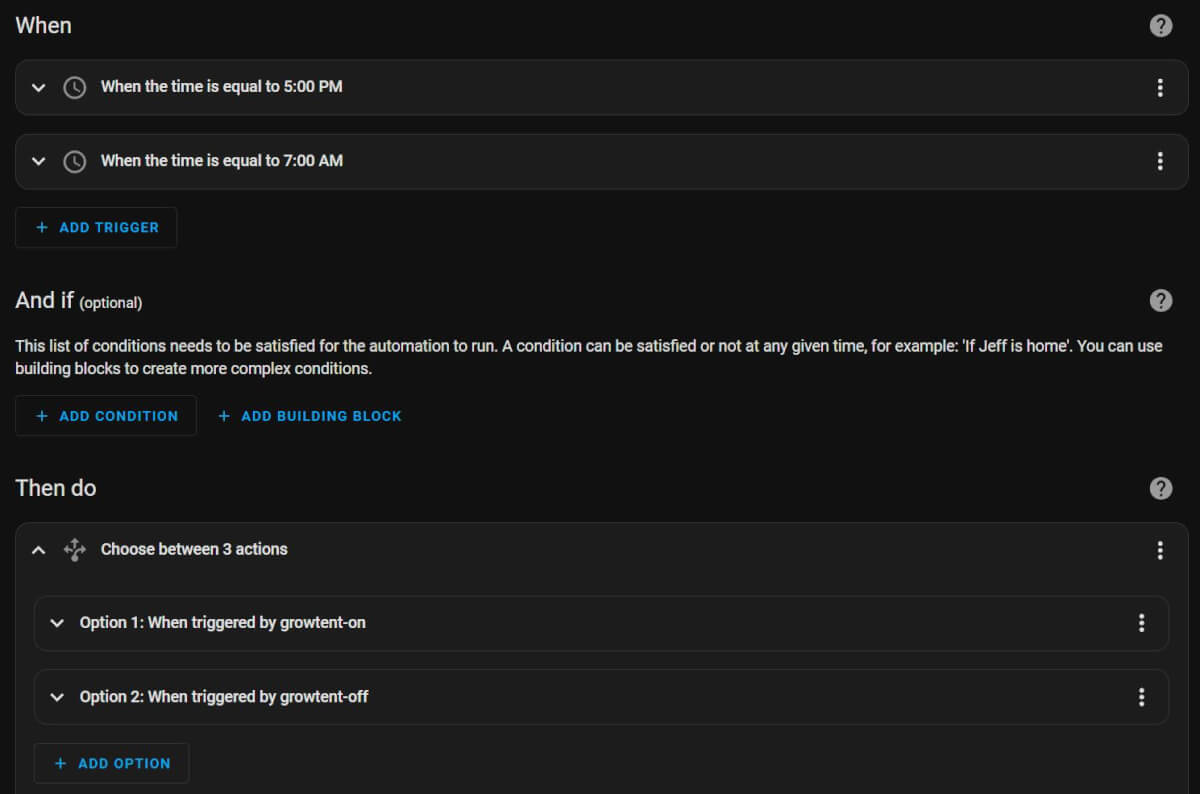
This is an example of one of our automations that is used to turn our grow tent’s lights on and off.
We can control our various growing spaces entirely independently. For example, in our grow tent, we have it operate overnight. For our temporary grow tables, we have it turn on during the day.
Then, we also want to control our exhaust fan. We have a simple automation that when the temperature in the grow tent is above 80 degrees Fahrenheit, the exhaust fan turns on. When it’s below 82 degrees Fahrenheit, the exhaust fan turns off.

This is an example of our automation that allows us to turn the exhaust fan on and off, based on values from our temperature sensor.
This keeps our grow tent within ideal germination and growing temperatures. In reality, since we use LED lighting, the exhaust fan rarely turns on!
Is There An Actual Benefit Or Difference To Smart Grow Rooms?
If we are honest, our smart grow room operates practically identically to how it did when we used dumb technology.
Sure, maybe it operates a little more precisely, but overall, the same things happen around the same time.
If you’re looking for a revolutionary change, it’s not likely that you’ll achieve it with smart technology.
But, where we do see some benefits are with the ease of use.
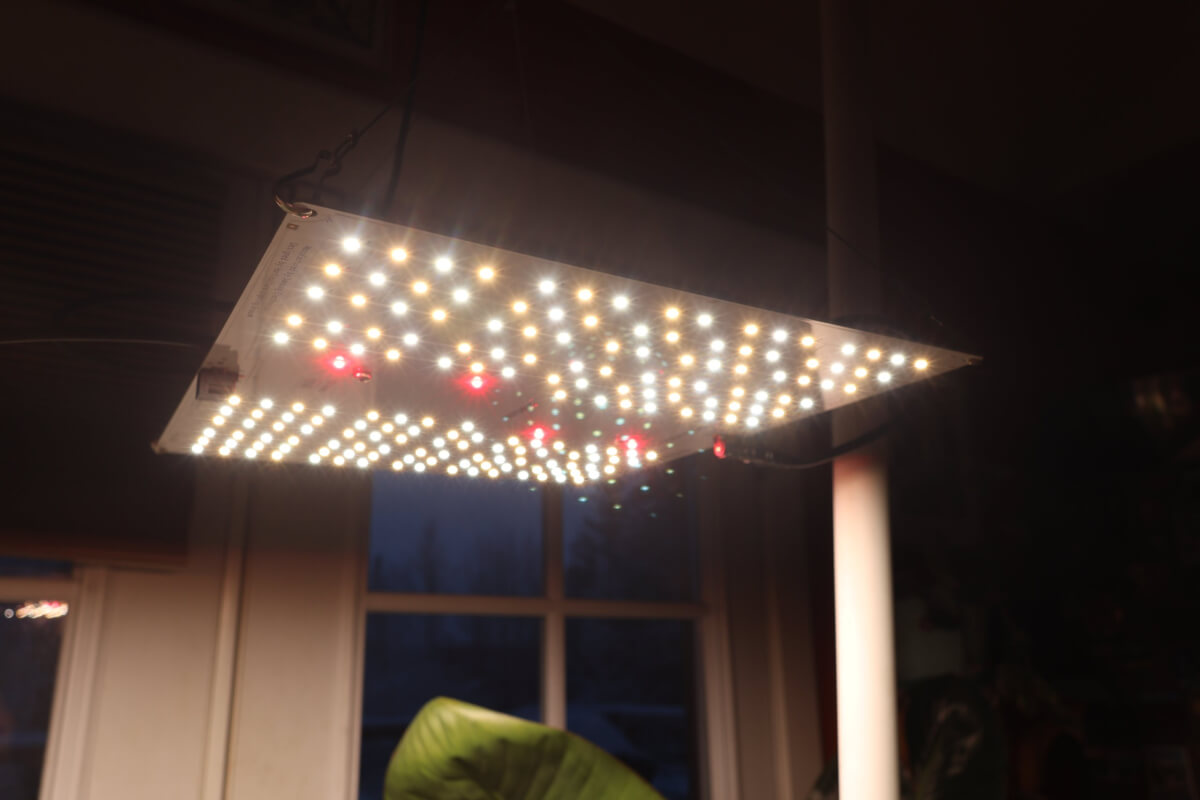
For example, when we want to shift things from our “spring” operations to our “winter” operations (for our houseplants), we just have to disable one automation and re-enable another. It takes about 5 seconds.
Or, maybe we want to switch from a 12 hour lighting schedule to a 14 hour lighting schedule. Very easy change!
No need to painfully remind yourself how to program that stupid light timer with the worst user interface ever!
We also have a ton of insight into temperature data and power usage. Since we can track this over time, we can calculate total costs of operation.

This is an example of the kind of reports we can run. We can get power usage, KwH over time, temperature/humidity data and all sorts of insight.
Does that matter? No. It’s going to cost what it’s going to cost.
But, it does allow us to quantifiably answer questions like, “Is growing from seed worth it?” You simply can’t answer that question unless you know the inputs you place into your garden!
We also get a lot of peace of mind from being able to verify that our grow room is operating as expected. We can check in on it remotely and even control it manually, should we want to.
Advanced Applications Of Smart Technology
Maybe some day we might pursue a more advanced application of smart technology in the growing world.
The sky is really the limit of what you can control.
There are people out there that have automated watering and even controlled advanced hydroponic systems using smart technology. You can certainly go there, if you have the budget, time and need for it.

You can do some remarkable things with smart technology. From measuring the moisture content of soil to controlling solenoids and pumps, pretty much anything you might want to do is theoretically possible.
These are decidedly more advanced topics that we might cover in the future.
If and when we build our “big garden” at our homestead, we will definitely be using some advanced control mechanisms to control it. I’m personally interested in getting into solenoids, valve controls and relays to control various systems.
The Jury Is Still Out On Smart Grow Rooms
As we mentioned above, our interest in this topic was largely around information gathering and our general interests in technology.
We wouldn’t necessarily recommend this approach for everyone.
But, if you have a home automation platform and you’re looking to bring some intelligence into your growing operations, we would tell you that it was a satisfying, fun project.
We have been running our grow rooms using smart technology for several years now. It has proven itself reliable to us. Similarly reliable to the “dumb” technology we used before.
The data that we have collected has been helpful for us. Especially as we’ve tried to answer “big questions” about our general garden inputs.
If you’re interested in building an automated system, let us know if you have any questions in the comment section below. Or, if you have any great ideas or other thoughts, we’d love to hear them!
